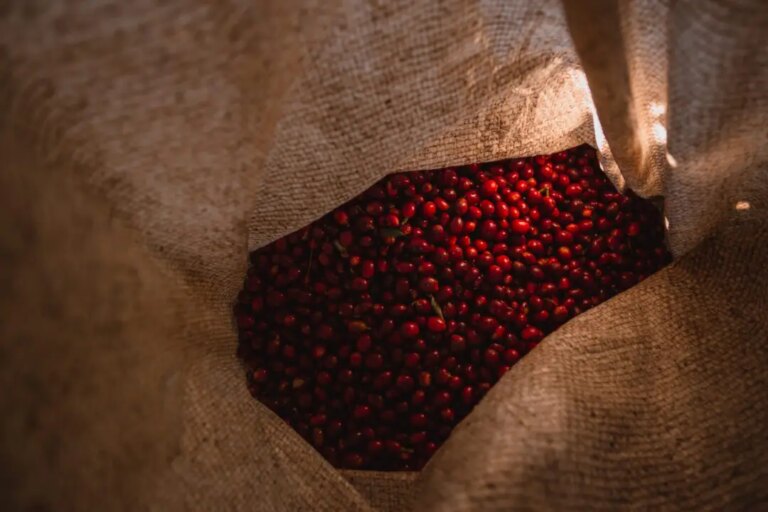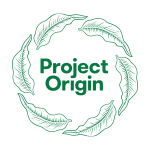Product List
A full list of what green bean coffees are available for order now


Consistent quality, reliable profile. Every harvest.
Our Regionals range is designed with roasters in mind. They take a mixture of harvested cherries from a coffee growing community, and blend them to achieve a consistent flavour profile that can be used in blends year after year.
These lots are made to be consistent, reliable, and accessible across harvests, so your blends can be relied upon, too.


Regional coffees are a mixture of small microlots from a particular coffee growing region, designed to match specific flavour profiles that can be used for your blends each harvest year.
Producers, small and large alike, rarely produce coffee that is all of the exact same cup score and flavour profile.
Our Regionals take lots that match our desired flavour profile and quality needs, so that all coffee grown can be used for a purpose. This bigger regional lot is more user friendly to roasters, and the producer receives a premium price as well.
Two main reasons:
Roasters need reliable and consistent options to use for blends, that are accessible and available every harvest.
Producers often harvest a great volume of cherries that are best used in a mix with their neighbour’s harvest, increasing the volume and the overall quality of the cherries.
This means they can be paid for their full harvest, and we can curate a profile that is reliable and repeatable.
Regional lots provide producers an outlet to sell their full harvest of specialty coffees and be paid reasonably well.
Project Origin favours repeat purchases rather than find a new range of producers each harvest, meaning we continue to return for long term relationships, ultimately connecting producers and roasters.
Regional lots can help introduce producers to exporters and international buyers that create longer term relationships.
Regional coffees are created at harvest time by cupping several lots, combining those that will work well together to meet the flavour profile.
We do our best to ensure it is available all year round, even though harvest happens once a year. This is done by careful selection of coffee lots and ideal storage of the coffee to maintain its quality year-round. This is useful to roasters who need consistency and are looking for coffees that meet a certain flavour profile in a set price range.
A full list of what green bean coffees are available for order now
We acknowledge the Traditional Owners of the land on which we work, the Ngunnawal people. We pay our respects to elders past, present and emerging.
